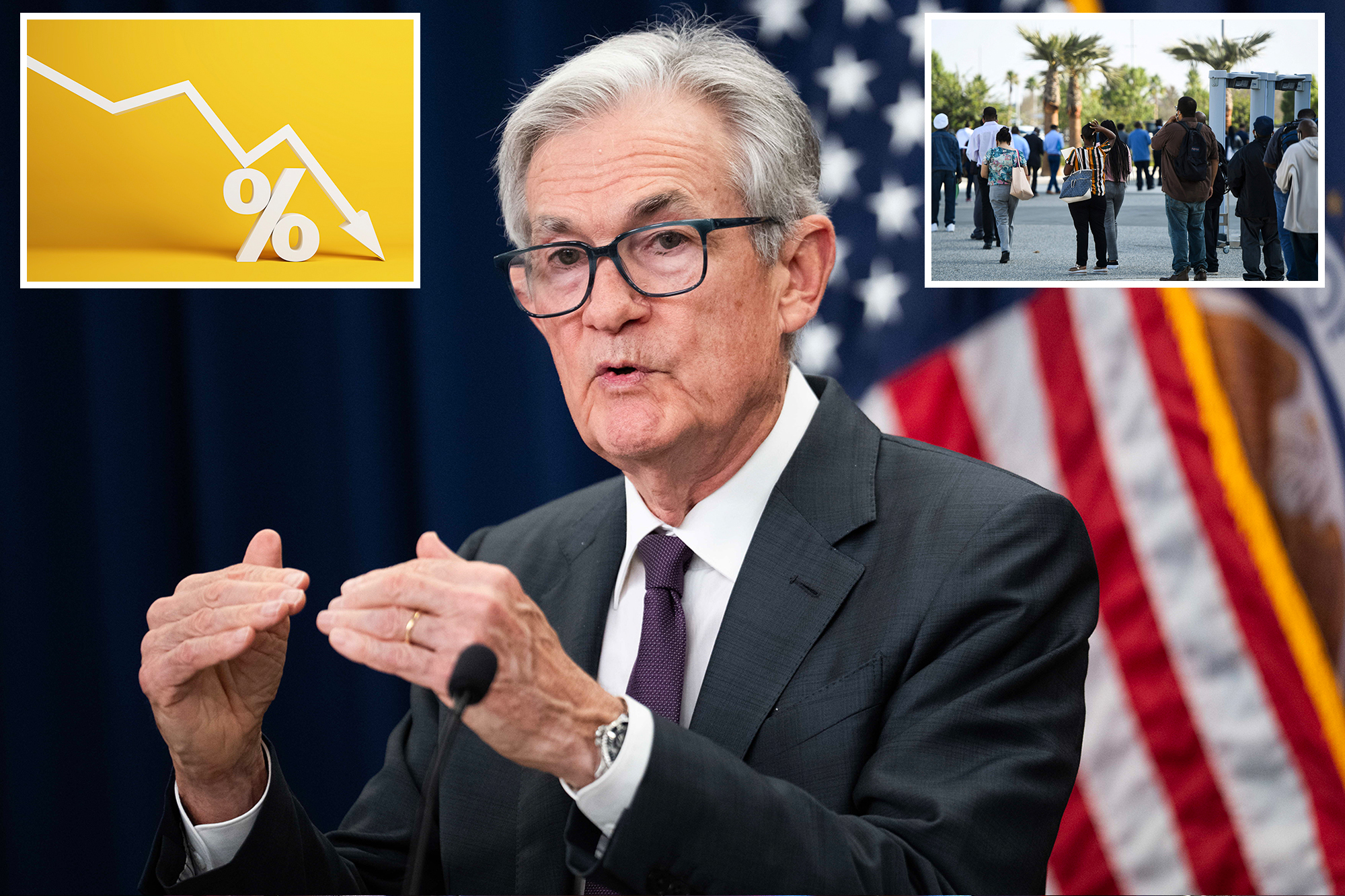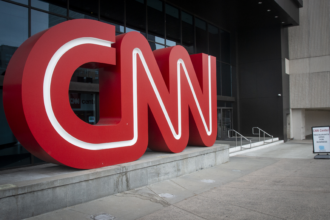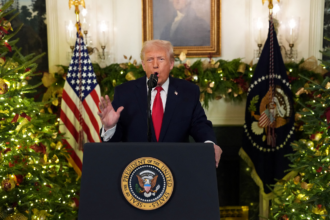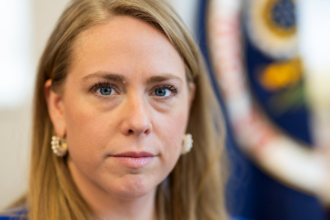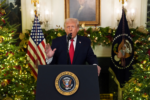JPMorgan is now predicting the Federal Reserve will begin cutting interest rates when it next meets in September — and four times overall before the end of the year — as pressure mounts to ease monetary policy.
The nation’s largest bank, led by Jamie Dimon, expects a quarter-point cut after the Fed’s two-day meeting on Sept. 16-17, followed by three more cuts of the same size at their remaining meetings — which would bring the benchmark rate down to a range between 3.25% and 3.5%.
JPMorgan’s earlier projection was that the Fed would wait until December to start lowering rates.
The bank’s analysts pointed to signs of weakness in the labor market, including a softer jobs report and rising jobless claims, as the main reason for the accelerated timeline.
The unemployment rate in July ticked up to 4.2%, from 4.1% the previous month.
Market pricing also reflects growing confidence in a September move.
Traders now price in a 89.2% chance of a rate cut in September, compared with 37.7% last week, according to CME Group’s FedWatch tool.
President Trump has repeatedly pressured Fed Chair Jerome Powell to lower rates, arguing that cheaper borrowing costs are necessary to boost economic growth and lower the government’s interest expenses.
On Thursday, Trump nominated Stephen Miran, his current chief economic adviser, to fill a temporary seat on the Federal Reserve’s governing board, replacing outgoing Governor Adriana Kugler.
Miran’s confirmation before the Sept. 16–17 policy meeting remains uncertain, but JPM said his presence could increase divisions within the rate-setting committee.
Miran is viewed as a strong supporter of Trump’s economic agenda and has consistently favored lower interest rates.
Some of Miran’s earlier proposals have included shortening the terms of board members and increasing presidential authority over the Fed.
If confirmed, Miran would serve through January 2026, giving Trump time to decide whether to nominate him for a full 14-year term or consider him for other leadership roles at the Fed, including the chairmanship.
A Bloomberg News report from Thursday cited sources as saying that Trump aides consider Fed Governor Christopher Waller as the top contender to succeed Powell, whose term ends next May.
Trump has made no secret of his frustration with Powell’s refusal to start slashing rate despite the administration’s calls for steep reductions.
Powell has warned that cutting too quickly could allow inflation to flare up again — especially given the inflationary effects of Trump’s new tariffs and expansive fiscal policies.
The disagreement has turned personal. Trump has repeatedly derided Powell in public, calling him a “moron,” a “numbskull,” and one of his “worst appointments.”
He has urged Powell to resign and has even shown lawmakers a draft letter dismissing him, though he later said he did not plan to fire Powell before his term ends.
In July, tensions escalated when Trump visited Fed headquarters and engaged in a visibly strained exchange with Powell over cost overruns in a $2.5 billion renovation project.
Trump suggested those overruns could be grounds for dismissal.
Although the Supreme Court has indicated a Fed chair cannot be removed over policy disagreements alone, Trump’s comments fueled speculation that he might try to use management issues as a pretext for removing Powell.
Treasury Secretary Scott Bessent, who has been ruled out as a candidate for Fed chair, told MSNBC’s “Morning Joe” on Thursday that the president “repeatedly said he’s not going to fire” Powell.

